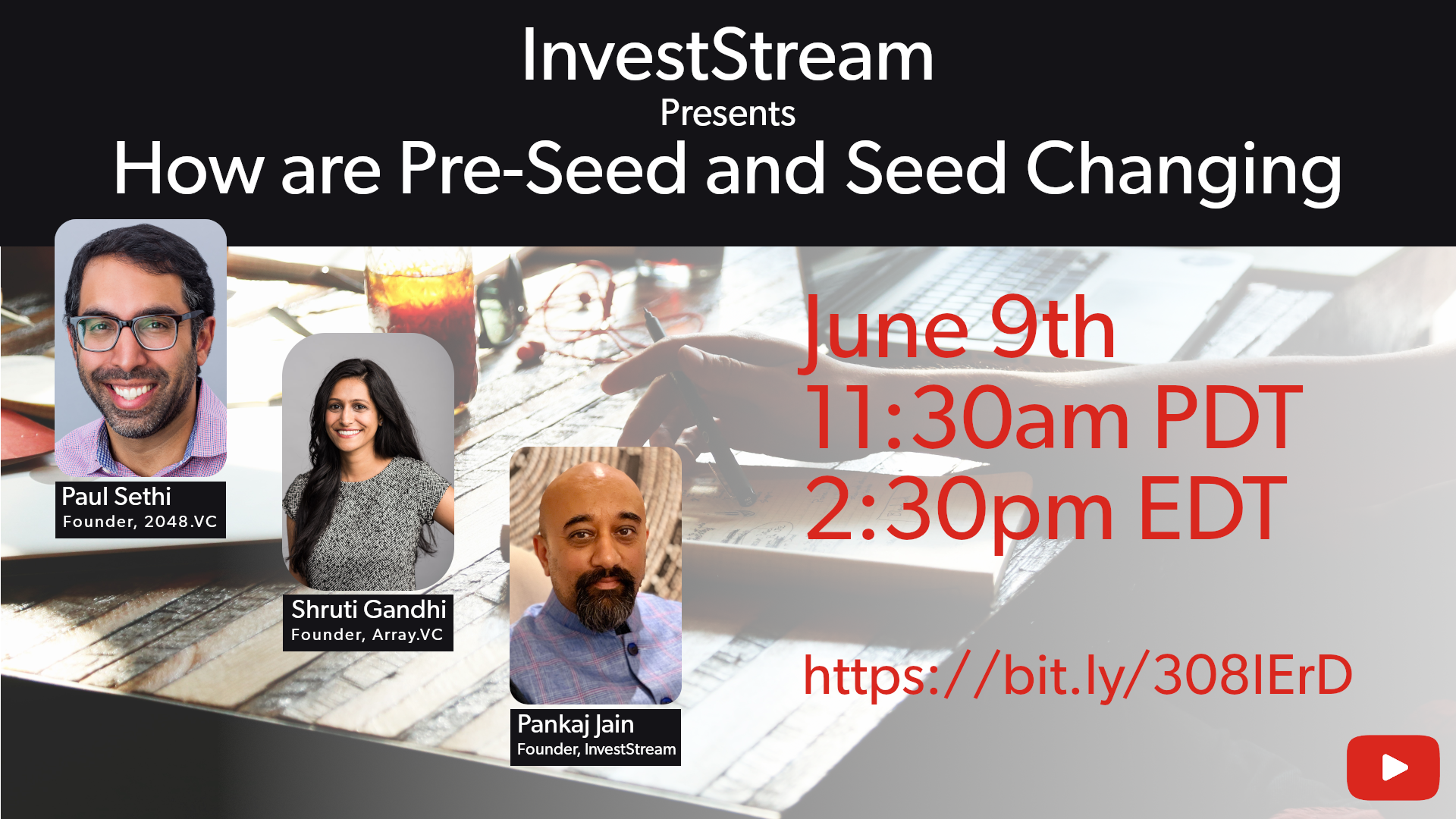Tag: Investors
-

How are Pre-Seed and Seed Changing in 2020?
A lot is changing in the startup world. Even before getting hit with COVID-19, the definitions of pre-seed, seed, post-seed/pre-series A were changing at a fast clip. Many early-stage VCs were moving downstream, writing larger checks and investing in later rounds. At the same time, larger, late-stage VCs were either ramping up their scout programs…
-
The Importance of Updating Your Stakeholders and Investors Regularly
There are many good reasons to update your investors regularly on what’s happening with your business. Some venture capitalists and angels like monthly updates, some prefer quarterly investor updates, others are fine with ad hoc information – one founder created a WhatsApp group of his investors and just messages us whenever he wants. It helps…
-
Startups, Angels, Venture Capitalists and the 2017 India Budget
It is Indian budget season for the new fiscal year starting in April and just like every year, the pundits are all weighing in with what they would like to see and what they expect to see. We’ve seen some very positive moves by the India government in terms of setting up a company and…
-
Geeks on a Plane India 2013: Big Opportunities, Optimistic Investors, and a Government that’s Finally Waking Up
This post originally appeared on the 500 Startups blog Geeks on a Plane is a 10-12 day trip to various parts of the world with 20-25 “Geeks” (entrepreneurs, techies, designers, angels, VCs, mentors). The trips are planned and run by 500 Startups and have been going on for a few years now. The first Geeks…
You must be logged in to post a comment.